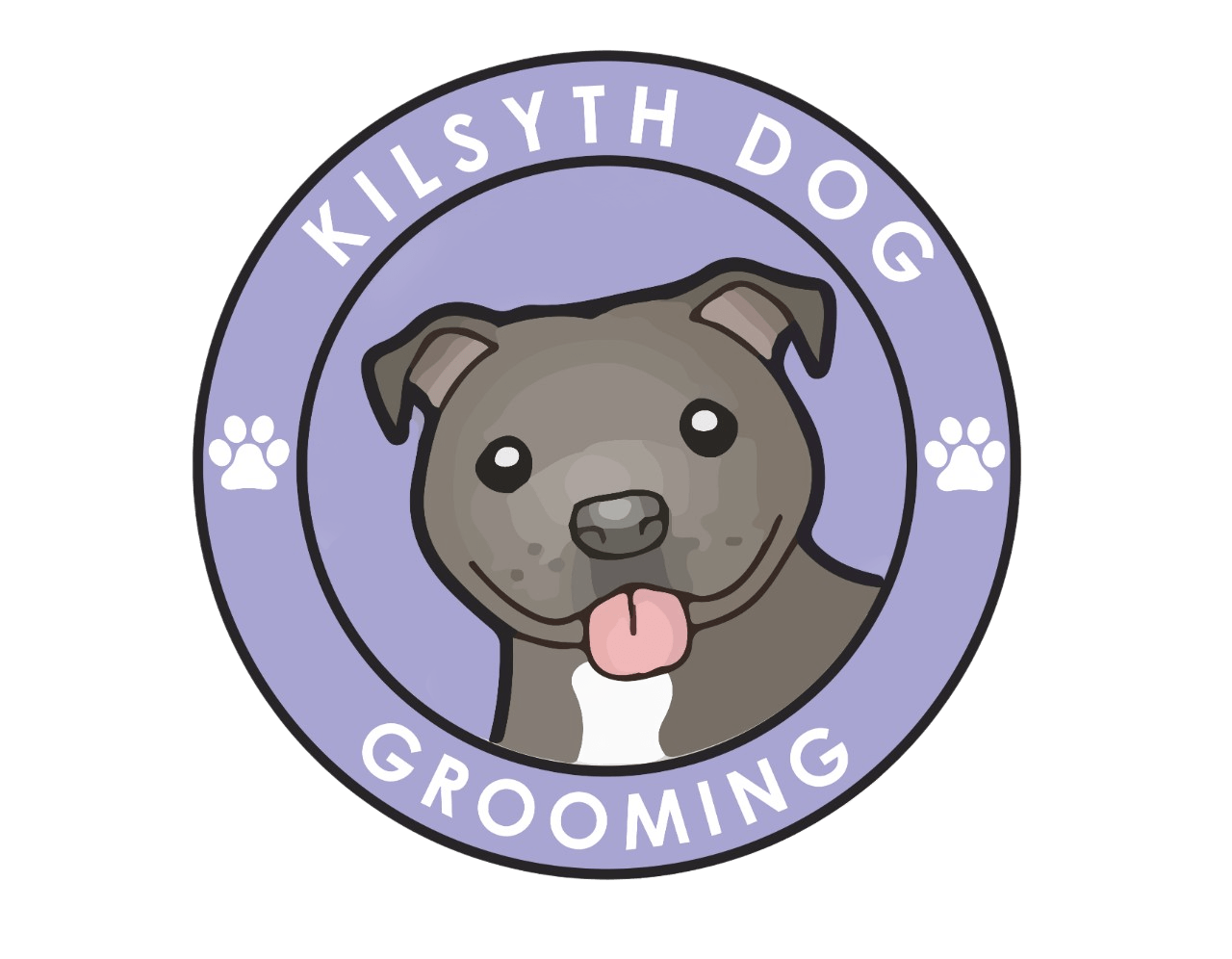FAQ
How often should my dog be groomed?
There’s a lot of variables that can influence how frequently your dog requires grooming. It depends on the breed, the length of their coat, how often they are bushed at home, their lifestyle and of course, your personal preferences. As a general guide, every 6-8 weeks. For fluffier, longer haired dogs, maintaining this look requires more regular grooming and you may find that a ‘tidy-up” is required in between full grooms. For short-haired dogs, a monthly bath, or whenever your pooch starts to look or smell dirty. Double coated breeds, such as Labradors, Huskies, etc. benefit greatly from our deshedding service. This is particularly useful in Autumn and Spring, when the dog “blows their coat” in preparation for the change in weather.
When can my puppy start being professionally groomed?
As soon as your dog is fully vaccinated they can start visiting the groomer (usually after 12 weeks of age). The earlier they are introduced to grooming, the better. See Puppy Info for more details.
What should I do before my dog’s grooming appointment?
Before your dog visits Kilsyth Dog Grooming, we request that you take them for a walk. This is so they can relieve themselves and has the added benefit of tiring them out so they can be more relaxed whilst being groomed. Please refrain from feeding your pooch for three hours prior to their appointment, where possible, to eliminate their need for the toilet mid-groom.
What can you do if my dog’s coat is knotty/matted?
There are three stages of fur matting. The first is knots. This is when, just like in human hair, the hair strands become tangled around each other. This can be brushed-out. If it’s left, more fur becomes trapped inside the knot and clumps together, forming a mat. This is particularly common in areas of the coat where there is a lot of friction, such as behind the ears, armpits, areas where collars or harnesses lie, and the back of their legs and tail, that rub against the ground when they sit. Once mats have formed, it is difficult to brush these out. A special de-matting comb is required, which is time consuming and unpleasant for your pooch. Our policy at Kilsyth Dog Grooming is to limit de-matting to a maximum of 15 minutes (this is in fact the law in some countries). If your dog has excess matting, we will need to shave the mats out. Depending on the location and severity of the mats, we may be able to blend the area to disguise where the mat was removed.
Pelting occurs when matts progress further. This is when a large section of fur is tightly matted against the skin. This poses a risk to the dog and can be quite painful. It can cause the skin to tear and is a perfect breeding ground for parasites. Trying to brush a pelted coat can actually make it worse. The only solution is to shave the area and even this is difficult. An additional fee of $10-$25 may apply for matted and pelted coats due to the additional time the grooming process takes.
Do you groom aggressive dogs?
This depends on the level of aggressiveness. We will never put the groomer or the dog at risk of injury. Extremely aggressive dogs may need to be performed by a vet with the use of sedatives. Please call us on 0451645833 to discuss your dog’s individual needs.
My dog hates being groomed. What can I do?
Grooming involves lots of different equipment, which means lots of smells, sensations and noises that your dog may be unsure of. The best way for your dog to overcome uncertainties and fears with grooming is to de-sensitise them to each process. This can be achieved by a gentle and reassuring approach. When grooming dogs at Kilsyth Dog Grooming, we take extra time to show the dog each piece of equipment being used, allowing them to sniff it, etc before we use it. This allows the dog to become familiar with the equipment, so it’s less intimidating for them. We pat your dog and talk to them throughout each stage of their groom and tell them how good they are when they are being well behaved. With your permission, we like to conclude the groom by giving your dog a treat. This positive reinforcement process helps your dog associate grooming with being rewarded.
You can also help at home by touching your dog’s paws, ears and tail daily and praising/rewarding them when they allow you to do it.
Should I get my double coated dog shaved?
We advise against shaving/clipping double coated dogs such as Samoyeds, Border Collies, Golden Retrievers, etc. There are several reasons for this.
Firstly, it doesn’t reduce the amount of shedding, it only reduces the length of the hairs shed.
Secondly, shaving them interferes with their natural ability to thermoregulate and stay cool.
Thirdly, it may expose the dog’s skin to sunburn.
Additionally, as the hair starts to grow back, the undercoat often grows faster than the outer, guard coat. This can be problematic in that the undercoat can become the longer of the two, causing matting and a patchy look. There is no guarantee that the coat will ever return to its original condition.
There are situations, such as medical conditions, etc. where the benefit outweighs the risk, but in general, the best way to keep your double coated dog cool and reduce their shedding, is to book them in for regular de-sheds at Kilsyth Dog Grooming.
Can you express my dog’s anal glands?
No. We do not offer this service. The squeezing that is done during anal glad expression can cause inflammation, which can potentially result in scar tissue formation, further narrowing an already narrowed anal gland duct. We recommend seeing your Vet to determine the cause of the problem and work with them to manage the problem.
